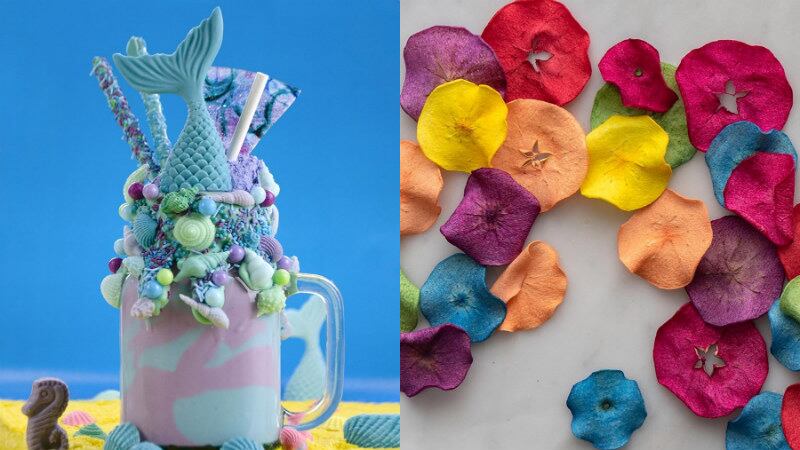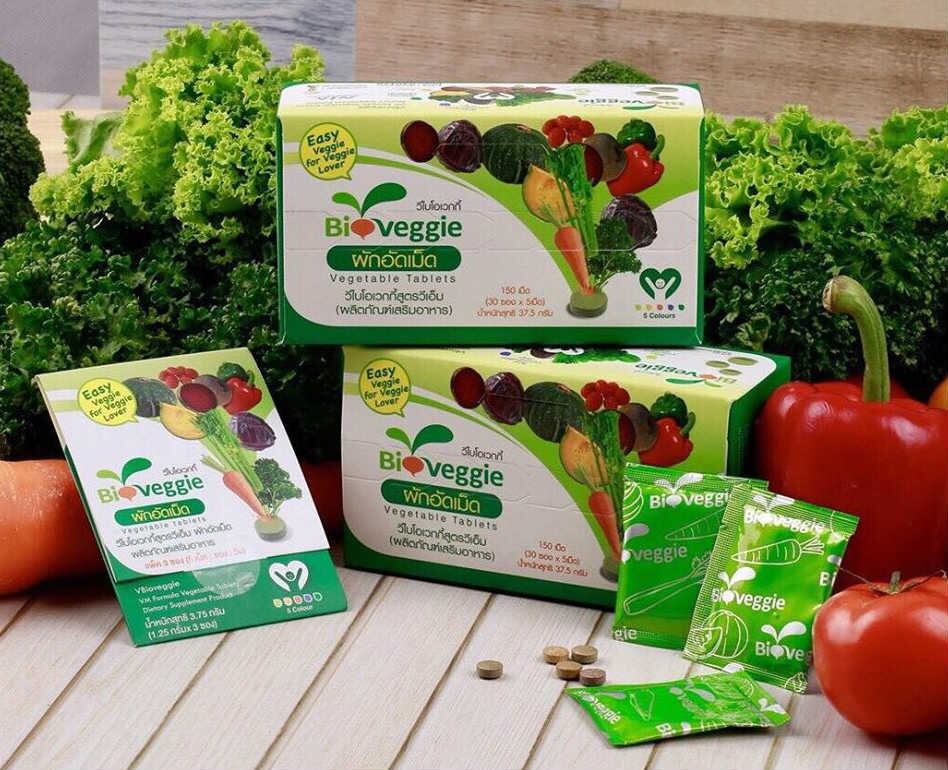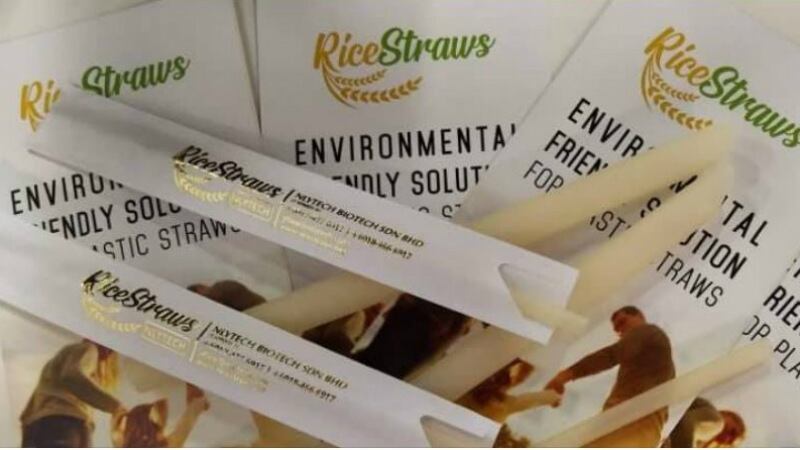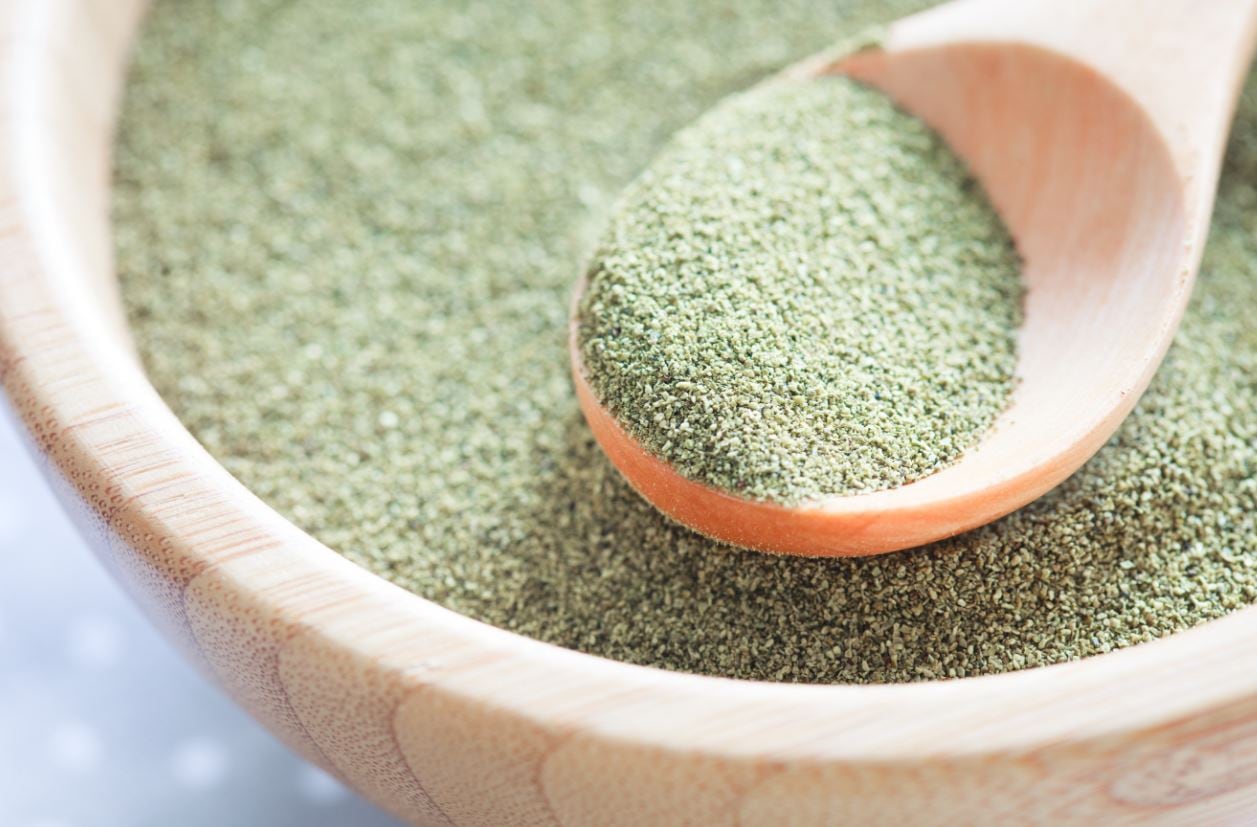Marketed under the firm’s brand Exberry, these colours are said to be 100% natural and extracted from fruits, vegetables or other edible plants.
“The extraction process is also [as natural as possible], using only water and no chemicals at all,” Exberry Market Development Manager Maartje Hendrickx told FoodNavigator-Asia at the recent Fi Asia Thailand 2019 show in Bangkok.
“What’s important to note here is that when using Exberry colours for their products, food and beverage manufacturers will not need to include an E number item in their product ingredient list, as is normally required for colourings.
“Any of the items from which we extract these colours can be eaten as foods, for example carrots, pumpkins, red beets and so on - and one could eat the product during any point of the production process. We call these colouring foods”
Hendrickx added that 80% of these colouring foods are self-grown by the company back in Europe, and the company also has its own agronomist and seed improvement R&D efforts for this.
“Our colouring foods are grown about 200km from the factory. We have found this to be better as it reduces our carbon footprint in addition to removing the need for shipping here and there, and raw materials can reach the factory within a few hours of harvesting,” she said.
“Production using these self-grown crops takes place in Germany and the Netherlands, and all supply that we send to APAC comes from here too.”
An added benefit of this is that the firm can provide traceability services to reassure manufacturers and consumers alike, all the way to the plant itself.
“Using our own colouring foods has given us the ability to trace back 100% via the lot number, and this is increasingly important, especially for bigger companies,” said Hendrickx.
“We have the ability to trace all the way down to the individual plants and seeds.”
Exberry carries over 400 different colour shades and also does colour matching for custom colours, and product prices vary widely depending on the price of the raw material it is sourced from.
Hendrickx emphasised that the colours are also additive-free.
“We do not use chemicals to preserve the colours, only sugar, so shelf life is not indefinite. Depending on the ingredient and region it is shipped to, the colours can last for nine months to a year if stored in a regular fridge,” she said.
“For the Asia and Middle East markets which are hot and humid, we also have these in the form of powders.”
Colour of the year
Every year, Exberry crowns a certain colour shade as ‘Colour of the Year’ based on their observation of trends and research, and for 2019 this is yellow and orange.
“Yellow and orange has been found to be especially important in drinks, and consumer mood research has shown that eating or drinking things that are yellow makes one happy,” she explained.
“Other big sellers at present are blues and greens, and we have found that spirulina can give a very nice blue that is seeing big growth in foods like yoghurts and ice creams.”
She cited demand from the younger generation for ‘new innovative concepts’ as a major driver for this, and added that the company was also seeing significant growth in the organic sector.
“This means using organic carrots and pumpkins to make colours for manufacturers to use in products that they wish to label as ‘organic’.”
The new 2020 Colour of the Year will be announced come December 2019.
Marketing and trends
Due to the nature of its products, Instagram has been identified as a major social marketing strategy for the company.
“We use Instagram to explain what colouring foods are, and this has been very big for us since 2017 as we’ve found it very useful to spread our message,” she said.
New product development is not so much concentrated on new colours as ‘most colours already exist so it’s hard to come up with a new one’, but Exberry is very focused on increasing the concentrations of each product so as to use less raw ingredients, as well as to increase stability and applicability, such as heatability.
“We already work with just about all the big F&B companies, so we would also like to work with smaller start-ups, especially on new innovations such as plant-based products,” said Hendrickx.
“Because our colours are plant-based, we see this plant-based trend as a big focus in APAC and here in Thailand, as well as the clean label trend as we remove the need for E numbers in labels.”





